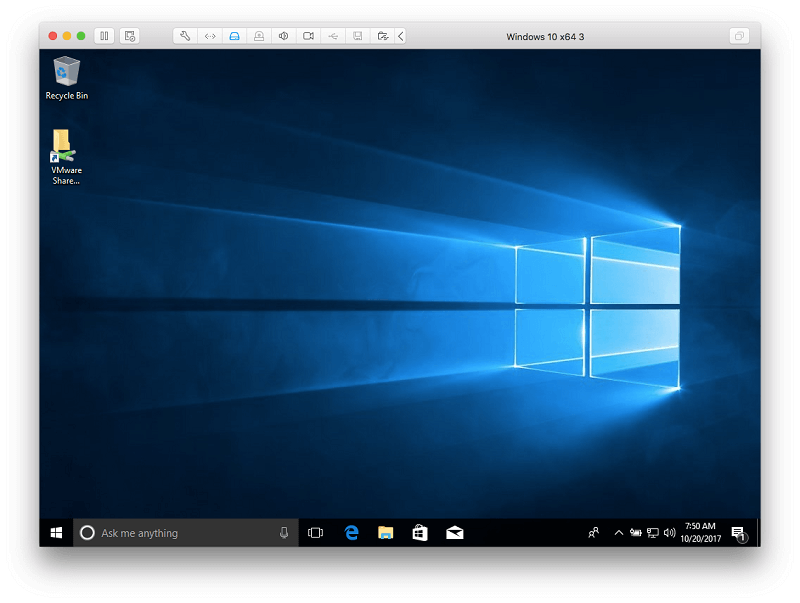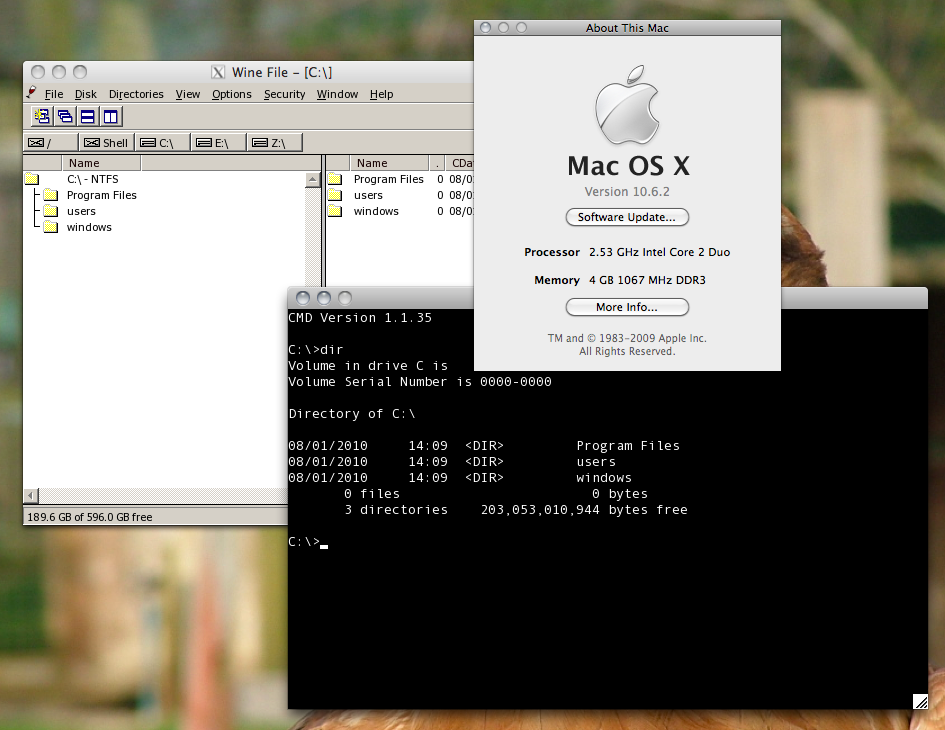

- #Vmware fusion 8 no bootcamp volumes found how to#
- #Vmware fusion 8 no bootcamp volumes found install#
- #Vmware fusion 8 no bootcamp volumes found download#
- #Vmware fusion 8 no bootcamp volumes found free#
Hdiutil convert "$IMGSPARSE" -format UDTO -o "$IMGDVD"
#Vmware fusion 8 no bootcamp volumes found free#
Rm -f "$MPIMG"/System/Installation/PackagesĬp -rp "$MPAPP"/Packages "$MPIMG"/System/Installation/Įcho +++ Resize the partition in the sparse bundle to remove any free spaceĮcho +++ Convert the sparse bundle to ISO/CD master Hdiutil attach "$IMGSPARSE" -noverify -nobrowse -readwrite -mountpoint "$MPIMG"Įcho +++ Remove Package link and replace with actual files

Hdiutil convert "$MPAPP"/BaseSystem.dmg -format UDSP -o "$IMGSPARSE"Įcho +++ Increase the sparse bundle capacity to accommodate the packagesĮcho +++ Mount the sparse bundle for package addition Hdiutil attach "$ESD" -noverify -nobrowse -readonly -mountpoint "$MPAPP"Įcho +++ Convert the boot image to a sparse bundle Įcho +++ Trying to unmount anything from previous run If then hdiutil detach "$MPIMG" fiĮcho +++ Command returned with error, aborting. The author of the InsanelyMac post has automated the process into a bash script, that I'm pasting here for convenience/reference: #!/bin/bashĮcho usage: "'$0' /path/to/esd /path/to/tmpdir"
#Vmware fusion 8 no bootcamp volumes found how to#
Looking around I've found a couple of pointers on how to do the necessary conversions to get the result as something you can boot a VM off.ĭepending on what's the purpose of the ISO file, if it's to reinstall a computer, it might be more useful to use a Bootable USB- For that, check How to: Create a bootable installation for OS X Mavericks 10.9 and above.įor the ISO file itself, I've mostly used the information found on this post on the InsanelyMac site, augmented with the information/tip on creating a Recovery Partition found on the Apple Support Communities.īasically the process is to get the ESD image, and rebuild it to include some info that is now packaged as symlinks, and get that out as a ISO file. Apparently Apple has changed the format of the ESD image and it's no longer bootable. The answer above by won't work on Mavericks. iso file and access it on the other system.įor clarity, you can do the above on any version of OS X from 10.6.8 (Snow Leopard) onwards, so you can use an old image to get hold of a new image for example, if you have access to a different OS version than Mavericks. Use an external HD or thumb drive which is in ExFAT format (Compared to FAT format, this allows for single files larger than 4GB). Disk Utility will insist on saving the new ISO as a. In the Save As dialog that follows, select DVD/CD master. Open up Disk Utility and:įrom the menu bar, select Images > Convert and point it to your. This dmg file is in essence an ISO file in s slightly different format.

In the folder that appears, open Contents > Shared Support you’ll see a disk image file called InstallESD.dmg Right-click (or Control+click) the installer, and choose Show Package Contents from the resulting contextual menu.
#Vmware fusion 8 no bootcamp volumes found install#
It’s called Install OS X Mavericks.app and it should have been downloaded to your main Applications folder or be sat in your Dock. Once you’ve downloaded Mavericks, find the installer on your Mac. This is the official way to get the file direct from Apple, but there is still work to do to make it into an ISO: Once you have the installer downloaded and sat in your dock, you can simply pick it apart and get to the image file that is inside it.
#Vmware fusion 8 no bootcamp volumes found download#
There is no way to legitimately get the file without having access to a Mac, and a licensed copy of the OS via a purchase (unless you are a member of the Developer Program, for which you can expect to pay far more than the cost of the OS, what with it being free).īut if you can blag some access time on a Mac, then you can download the OS from the Mac App Store (You may need to Option+Click the Purchased section to force it to reshow them if you have downloaded them at least once already).


 0 kommentar(er)
0 kommentar(er)
